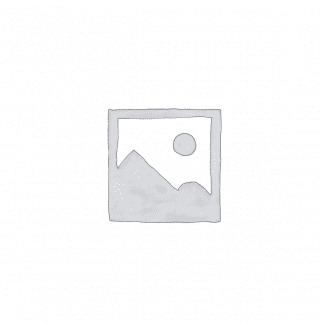Groundwater happens to be a more reliable source of water for over half of the world population (Alabi,A.A.,R. Bello, A.S.Ogungbe and H.O. Oyerinde, 2010). It is described by Otutu and Oviri (2010) as water found in the saturated layers of soil and rocks. In other to explore this natural resources for the benefit of sustaining life, various geophysical survey has been employed successfully. These method include electrical resistivity surveys, seismic refraction, electromagnetic, gravity, magnetic and magneto telluric (Karami, B.,K.N.Dhumal,M. Golabi and N. Jaafarzadeh, 2009; Majumdar and Das, 2011;Todd 2004). The choice of method used depends largely on the depth of investigation and sometimes cost (Todd, 2004; Majumdar and Das, 2011). Of all these method used in exploring for groundwater, electrical resistivity profiling has been the most widely used method (Molua and Eagbetere, 2005). This is because the operation of the field instrument is uncomplicated and the analysis of data is less unwidely and economical. Geo-electrical resistivity has been developed greatly and has become an important instrument in hydrological studies, mineral prospecting and mining as well as in environment and engineering application. (Alile , 2011; Griffiths and baker, 1993; Dahlin and loke., 1996). This underlying principle of measuring substance variation using electrical resistivity within the earth was developed by Schlumberger who conducted the first experiment in the field of Normandy and the same idea was also developed by frank Werner in the United States of America. This geo-electrical resistivity method has been found useful in locating groundwater in fissured rock, mapping of plumes, mapping of boundaries of saline groundwater and exploration of geothermal fluids. However; geo-electrical resistivity surveys have undergo significant changes in the last three decades. The traditional horizontal layering technique for investigating geo-electrical resistivity data are rapidly being replaced with 2-dimentional and 3-dimentional models of interpretation especially in complex and heterogeneous subsurface media. Field techniques have advanced from manual measurements made at separate and independent points to the use of automated machine called terrameter with multi-electrode array along the measurement profile. Till 1980s, data acquisition was more or less carried out manually and this is demanding slowly and the quality of the measured data is poor. Therefore range of fast automated multi-electrode and multichannel data acquisition system now exists that follows flexibility in the acquisition of geo-electrical resistivity data. (Barker, 1981; Stummer and Maurer, 2001; Auken et al., 2006).As a result of these successful applications of electrical resistivity method over the years in groundwater exploration, this prompted the researcher to adopt Electrical resistivity method to carried out investigation on groundwater potential at male student resident at the Isa Kaita College of Education and geological structure of the sturdy area.
DOWNLOAD COMPLETE WORK- For Reference Only: Materials are for research, citation, and idea generation purposes and not for submission as your original final year project work.
- Avoid Plagiarism: Do not copy or submit this content as your own project. Doing so may result in academic consequences.
- Use as a Framework: This complete project research material should guide the development of your own final year project work.
- Academic Access: This platform is designed to reduce the stress of visiting school libraries by providing easy access to research materials.
- Institutional Support: Tertiary institutions encourage the review of previous academic works such as journals and theses.
- Open Education: The site is maintained through paid subscriptions to continue offering open access educational resources.



